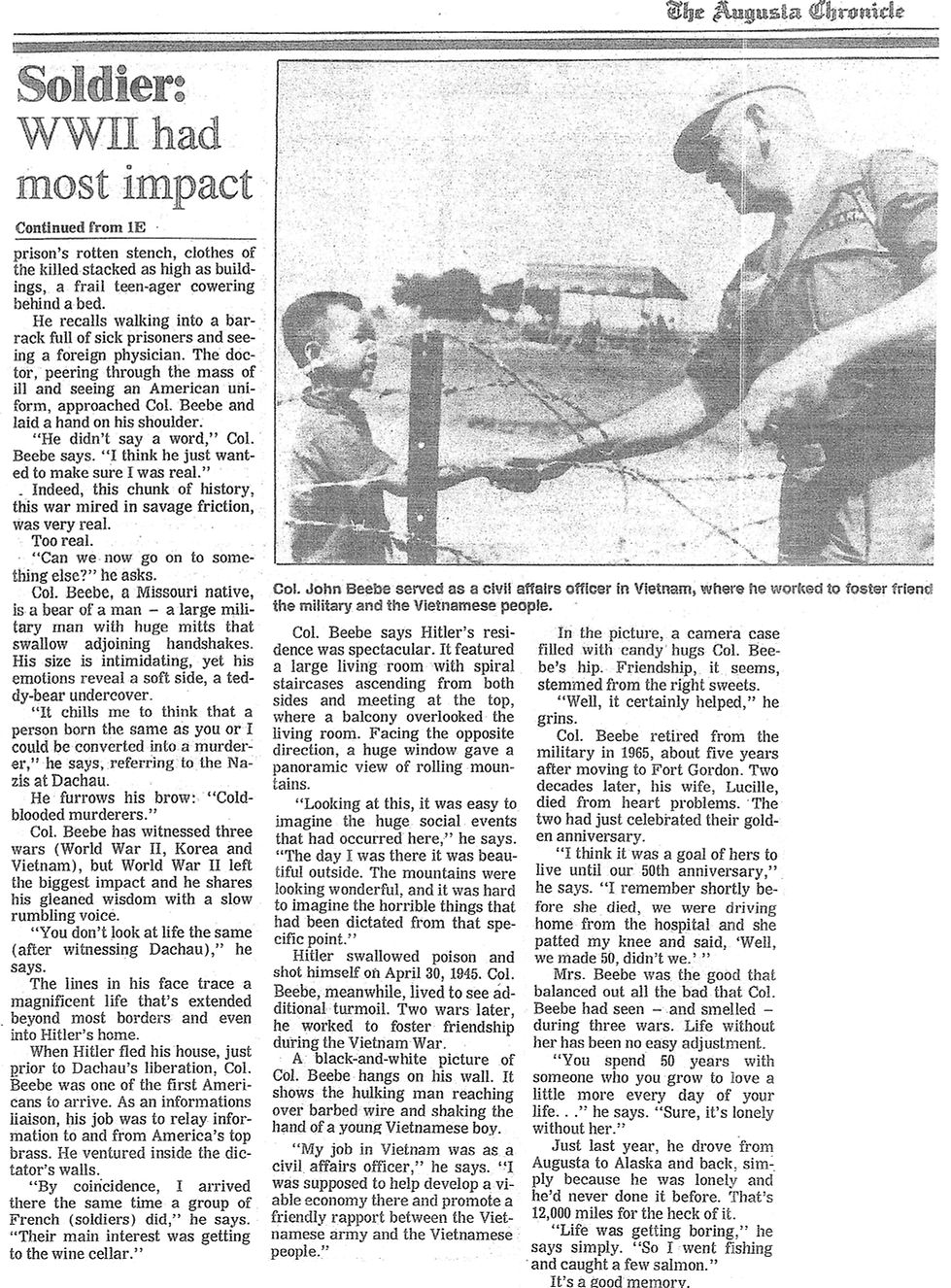The Sudetenland German Commemorative Tray
Presented to Adolf HitIer in 1937
On 28 OCT 1918 (soon after the end of World War I), Sudetenland (an area of Bohemia adjacent to the German Border) was separated from the Austrian state and allocated to the new state of Czechoslovakia, despite the presence of three million German speaking inhabitants.
The Sudetendeuch claimed the right to self-determination according to Woodrow Wilson’s fourteen point statement which would grant them self-determination. The demands were rebuffed. This was the first of many attempts at self-determination by these Germans who found themselves under the control of the Czech Republic. They found themselves governed by non-German speaking Czech administrators. Then in 1919, the Czech government confiscated one-fifth of each individual’s paper currency holdings. They also expropriated vast estates, many belonging to German nobility and estate owners. Much of this land was allotted primarily to the minority Czech peasants, often landless. By 1937 the German minority had received less than 4.7% of the distributed land, even though they represented approximately 25% of the population. They were also greatly discriminated against by the Czech government in matters of contracts and by the banks for loans and other financial assistance.
The Sudetenland possessed huge chemical works, textile, china and glass factories as well as lignite mines. These industries produced 78% of its products for export. Sudetenland German industry was highly dependent on foreign trade and close financial links with Germany suffered greatly during the International Depression, particularly after the failure of German banks in 1931. By the mid-1930’s, unemployment in the Sudetenland was about five times the level as that in Czech lands. Because of the discrimination, economic depression, and high unemployment, there was great discouragement among this German –speaking minority from 1919 through 1938. Several unsuccessful attempts, starting as far back as 1919, had been made diplomatically to return Sudetenland to Germany.
Adolph HitIer was rising to power in the late 1920’s and found early support from many of the Germans living in Sudetenland. After HitIer was named Chancellor of Germany in 1933, there were continued unsuccessful attempts by the Germans living in Sudetenland to be returned to Germany even though HitIer was extremely interested in their success.
In 1937, some of these Germans living in Sudetenland commissioned a famous Czech artist – Max Geyer to create a work to be presented to HitIer with the express purpose of reminding him of the large number of prominent Germans now living in part of Czechoslovakia (Sudetenland) that support him and wished to be returned to German rule.
The result of the commission by Max Geyer is a hand spun matte gray pewter tray. It is 25-3/4” in diameter. There is a 4” wide flat rim around the edge of the tray and a concentric circle inside the rim. They are both elaborately engraved with scenes and representations of notable German artists, industrialists, architects, and industries for which the Sudetenland was famous. In the center of the tray is an 8” circle which contains the following engraved inscription:
The German text: (English translation)
Dem Fuhrer des Volkes The leader of the people,
Adolph HitIer Adolph HitIer,
In Treue und Unerschut – In faithful and unshakable
Terlichem glauben das belief in the
Sudetendeutschtum Sudeten German Nation
The tray is signed: “Max Geyer 1937”
It is so far unknown exactly who commissioned the tray but was surely some prominent Sudetenland Germans that wanted HitIer’s favor. He obviously appreciated the work of art because he prominently displayed the tray on the wall of his study in his spectacular retreat outside Burchtesgaden, The Berghof.
HitIer remembered their request and the Sudetenland became the first object of German expansionist policies when the Nazis came to power. After war was threatened, it was ceded to Germany as a result of the Munich Agreement of SEP 1938. Czechoslovakia was not present at the time of the Munich conference, however the English, French and Italians acceded to HitIer’s wishes and reassigned the area which had belonged to Germany prior to World War I. It appears that HitIer saw them as Germans who would be strong supporters, ready to assist him in that part of Europe when he began to move forward with his grand plan.
During APR 1945, the late Colonel John L. Beebe, was serving with the 20th Armored Division in Germany as an Information Liaison Officer whose duty it was to relay information from the front lines to the Army’s commanding generals. As such, on APR 29, 1945 Colonel Beebe was one of the first Americans to enter and inspect HitIer’s famous Berghof retreat and headquarters and the Eagles Nest Berchtesgaden. The Berghof had been recently abandoned just days before by the Germans and had been bombed by the Allies. He recalled that a French squad arrived at the house at the same time and their main purpose was to get to the wine cellar. Colonel Beebe carefully inspected what was left of the place and found an art object, a Tray, hanging on a wall of HitIer’s "study". He brought this Tray with him when he returned home to the States after the war. It hung in his living room for years along with other memorabilia.

Article from the Augusta (GA) Chronicle dated 26 APR 1992


COL Beebe was part of the 20th Armor Division during WWII. His Division put together a campaign book. Excerpts from the book are shown below.




